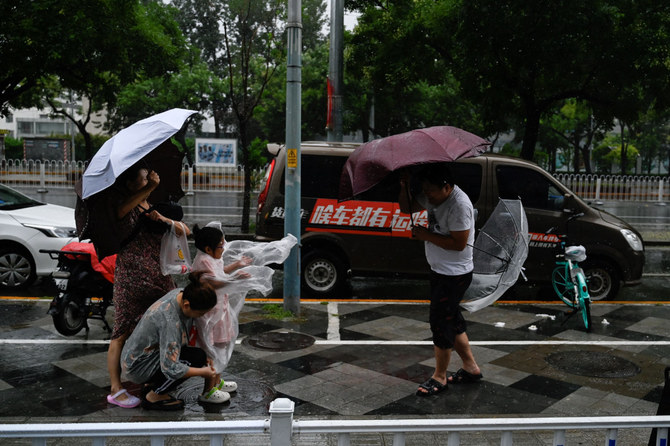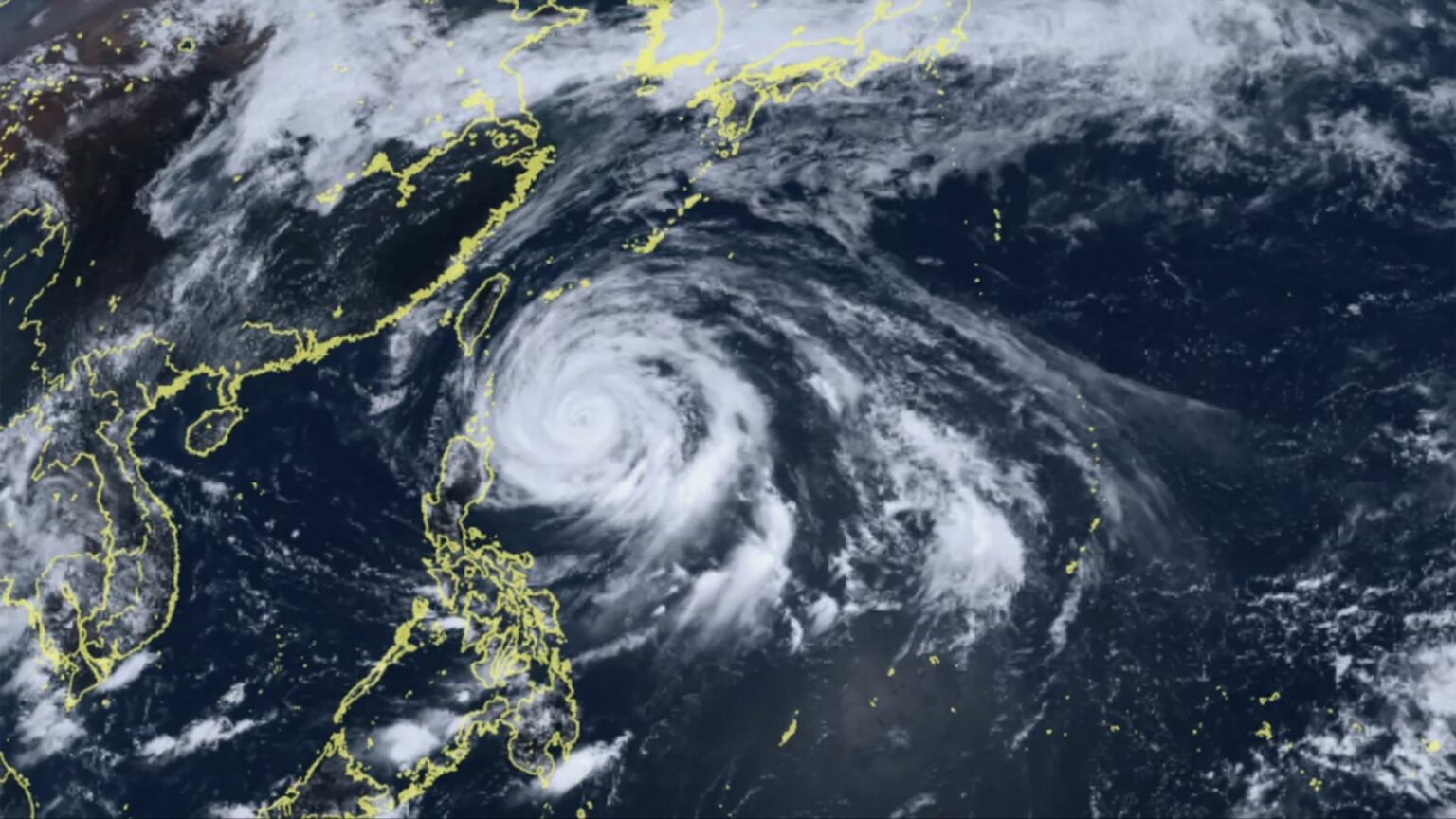After Typhoon Doksuri, one of the harshest thunderstorms in the recent past of China, dropped copious amounts of rain throughout the country and caused a minimum of four fatalities, tens of thousands of people fled their houses in Beijing after weather forecasters warned that another similar storm with hurricane-level winds is approaching the Chinese subcontinent.

Table of Contents
China is suffering from harsh weather occurrences this summer, much like the rest of the world. In the last months we have witnessed typhoons and heavy rains in different parts of the world like India and Canada which later on resulted in flood like conditions that lasted more than a week due to the rains. This year, heat waves seared China sooner than usual as global temperatures, ocean heat, and sea ice loss all broke records of the past years.
Typhoon Doksuri Strikes China
As typhoon Doksuri passed over northern China, heavy rain kept falling in the capital as well as in Hebei, Tianjin, and eastern Shanxi, according to the China Meteorological Administration.
The maximum recorded rainfall in the Fangshan area was 500.4 mm (19.7 inches), according to the city observatory, with the average overnight rainfall in Beijing coming in at 140.7 mm (5.5 inches). Early on Monday, it was anticipated that rain would fall more heavily in the south and west.
Doksuri’s strength is still waning, but its effects are still being felt, according to the China Meteorological Administration, which also advised people to stay away from high-risk locations in the Beijing-Tianjin-Hebei region where localised rainfall might reach 600mm (2 feet) and to remain careful.
The Impact Of Typhoon Doksuri
According to state broadcaster CCTV, the remnants of Typhoon Doksuri forced roughly 31,000 people to evacuate their homes when they passed through the Chinese capital on Monday. Beijing experienced its worst rainfall of the year during this time.
According to state media, there were no recorded casualties or damage.
After Typhoon Doksuri left China’s boundaries, 20,000 buildings were inspected for damage.
According to reports in the media, more than 4,000 construction sites were put on hold, nearly 20,000 structures were examined for damage, and picturesque areas throughout the city were shut down.
Beijing Hydrology Station upped its flood warning with further rain and river flooding anticipated, while the Beijing Observatory maintained a red alert, the highest warning, for heavy rains.
More than 200 flights were cancelled and close to 600 were delayed on Monday afternoon at both airports in the capital, as reported by airline tracking programme Flight Master.
Railway administration offered meals including instant noodles, eggs, and ham as well as water to train passengers who were stranded overnight.
As of the morning of Monday, Beijing’s roadways were impacted by the pouring rain on as many as 358 occasions.
The Help From The Government
Due to such heavy rains, small and medium in size rivers could overflow beyond warning limits during the weekend in southern Beijing, the central and western regions of Hebei, eastern Shanxi, and northern Henan, while flash floods and geological risks could happen near mountainous areas.
Officials in Beijing halted any kind of athletic competitions while closing an array of playgrounds and sightseeing spots. According to local media, the city’s flood control department said that it had deployed 203,230 rescue personnel and that 3,031 individuals had been evacuated.
Looking at the weather conditions that China is facing right now, all the officials and the local people are hoping that the typhoon-like conditions recede back, and everyone can get back to their normal routines without being worried about getting your house flooded.The government has prepared all kinds of accommodations for the people who have left their homes and evacuated their residences.












